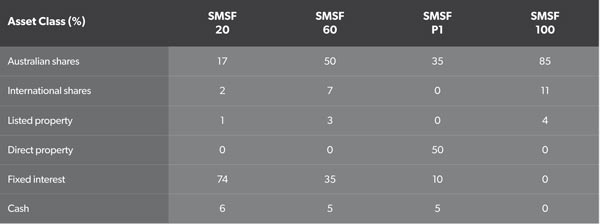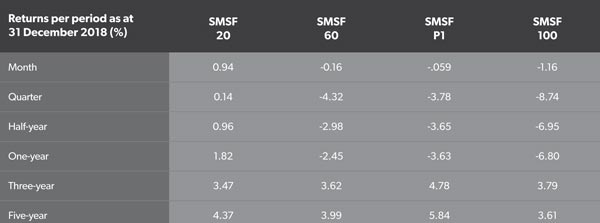Nick Shugg provides the latest SMSF tables to assess how well client investment portfolios are performing and analyses what asset classes are currently the strongest.
Is there a role for advisers in a world where investors are moving towards exchange-traded funds (ETF)? Absolutely, although it does depend on what their value proposition is.
If an adviser claims to be able to help investors beat the market, good luck to them doing that consistently over time. But if an adviser claims to give clients the best information, in a transparent way, and focuses their time on helping clients make important financial decisions affecting their broader life, then they will have more new clients than they can deal with, as the ‘old-school’ advisers get out of the game.
When it comes to the investment piece of advice, clients wanting to use ETFs still need your help. The number of ETFs in Australia has grown, but is still way behind the United Kingdom and United States. The growth will continue, resulting in ‘information overload’ for many SMSF trustees.
As the old advertisement goes: “Oils ain’t oils.” Similarly, ETFs ain’t ETFs.
For example, let’s say a client wants to invest in an ETF to access the sub-asset class of international infrastructure. In theory all ETFs working in that space have the same mandate, which is to spread the money across all international infrastructure.
The reality is somewhat different. Consider two ETFs as an example: the Market Vectors Global Infrastructure ETF (IFRA) uses a benchmark of the FTSE Developed Core Infrastructure 50/50 Index Hedged, while the ETF Securities Global Core Infrastructure ETF (CORE) uses a benchmark of the Solactive Global Core Infrastructure Low Volatility Index.
In the March quarter, IFRA significantly outperformed CORE, but over 12 months CORE outperformed IFRA. They are clearly doing something different to each other, which means SMSF trustees need your help to understand what is going on.
The other thing you can help clients understand is tracking error. When a fund manager says they are going to track an index, an investor needs to be confident they will deliver on their mandate.
Over the past 12 months, CORE underperformed its benchmark by nearly 2 per cent. That is a significant tracking error, even though the return was better than IFRA.
Again, you may have clients who go into ETFs blindly and don’t realise how much they need your guidance to regularly monitor these things and keep them informed.
Over the March quarter, there was certainly a risk/return reward for SMSF investors, where SMSF 20 investors (20 per cent growth assets such as shares and property) underperformed SMSF 60, SMSF 100 and SMSF P1 (a diversified portfolio that includes 50 per cent directly owned property) investors. This was the case over the one and three-year periods, with the exception of SMSF P1 over the one-year period, where direct property collapsed.
As the SMSF performance table shows, over the five-year period the returns have been level over the range of risk profiles.
An investor primarily in government bonds over the past five years has done just as well as someone in shares and/or property, without all the volatility, and that is after a very strong run on share markets in recent months.
What’s hot
Australian listed property continues to boom, despite residential property collapsing. Over the March quarter it delivered a return of 14.95 per cent. Over a five-year period the only sub-asset class that outperformed Australian listed property was US shares.
Asia ex-Japan was close as was international small companies.
Over the March quarter though the best-performing sub-asset class was oil at 29.87 per cent.
What’s not
World share markets boomed over the March quarter with the exception of Australian financial stocks. This probably affected SMSFs more than other superannuation funds due to their love affair with bank dividends and franking credits.
Government bonds underperformed, as you may expect in a period of strong share market performance, and the same was true for gold as a sub-asset class.
Table 1

Table 2



